|
In my quest to discover why some of my corals were looking pale (in one case very pale indeed) with poor or non existent polyp extension I decided to send a sample of tank water off to Triton for an ICP-OES (which stands for Inductively Coupled Plasma-Atomic Emission Spectroscopy) analysis. I must admit that I had actually intended to do this anyway when the tank reached the 6 month mark just because I was curious as to what it would tell me about my water quality. At the same time as sending off the sample I did a whole round of testing myself. The intention being that I could compare both results and see if my test kits (not to mention my testing technique) were up to scratch. Here are the results from my testing performed on the 18th April 2017. Specific gravity: 1.026 (51.7mS according to my conductivity probe) Alkalinity: 7.0dKH (Salifert) Calcium: 410ppm (Salifert) Magnesium: 1272ppm (Salifert) Potassium: 390ppm (Salifert) Strontium: 0-3 (Salifert) Nitrate: undetecable (Salifert) Phosphate: undetectable (Hanna phosphate) Iodide: <0.01 (Salifert) Iodate: <0.03 (Salifert) ...and here are the ICO-OES results. So what do the above results tell me? Well, the obvious issue that immediately jumps out is the elevated tin (Sn) level. Eeek! Where on earth did that come from? I have read that a possible source for tin could be the glass (as molten tin is used to "float" the glass on during it's manufacture). Other than that, something could be rusty and contaminating the system but I'm at a loss as to what it could be, all the equipment was bought new and there's nothing obviously rusting as far as I can see.
Apart from tin, I don't think the rest of the results look too bad really, pretty much as I expected. My tests are not that far off which is good to know (with the possible exception of Strontium which is low with the Salifert test kit but actually at an acceptable level according to Triton). My phosphate level is surprisingly low despite the increased fish load and extra feedings. Triton recommends feeding more and/or reducing the amount of phosphate remover used. As I don't use any remover that's going to be difficult to do but I do intend to feed more to my corals. Results comparison: Me Triton Ca: 410 434 Mg: 1272 1258 K: 390 386 Sr: 0-3 7.06 Iodide/Iodate: <0.01/0.03 0 PO4: undetectable 0.006 So what now? Well I'm going to continue performing water changes as normal, maybe change out a little more in the next a few weeks. Triton recommends 6 x 15%, but they are probably assuming that I don't perform water changes at all which is certainly not the case. I popped a polyfilter into the sump for good measure mainly because I had one to hand (from years ago, I hope they don't 'go off'?) and surely it can't hurt. I also intend to start dosing iodine again. Just before sending off the water sample to Triton as reported in a previous post, I also reduced the intensity of my lighting. It's been 14 days now and I do think that there has been an improvement in the corals, the colours look a tiny bit better and the polyps are starting to extend again. Perhaps the lighting was the main issue? I am hopeful that things will continue to improve. Now I just need to get rid of all that tin.... Photos to follow on Monday with the full May update.
0 Comments
I'll start with the 'red bug' coral first (Acro #2), it remains parasite free and is starting to extend its polyps again. It still needs to regain some colour but I'm sure that it will improve given time. The Acropora that is suffering from blisters (Acro #3) looks about the same or maybe a little worse. It's still extending its polyps so it's really quite perplexing. I performed as many water tests as I could last week in the hopes of picking up some obvious imbalance. The results were as follows:
Specific Gravity: 1.026 Alkalinity: 7dKH Calcium: 402.5ppm Magnesium: 1230ppm Nitrate: undetectable Phosphate: undetectable Iodide: <0.01ppm, Iodate/iodine: <0.03ppm Potassium: 390ppm Strontium: 0-3ppm In the light of the results I have upped my KH/Ca/Mg dosing (again) as I've noticed a small downward trend now that there are more corals (plus a clam) in the tank. I have also begun to dose a small amount of Lugol's iodine every 3 days. I realise the Strontium level is low too but I want to retest that before deciding on a course of action. It was my first time using that particular test kit and, oh my, what a faff it was! I really hope I don't have to test for Strontium levels too often. As for the gobies, they are endlessly fascinating and completely annoying at the same time. Poor old Gordon the Whitecap goby was chased out onto the sand by one of the T. nudus gobies (the darker one called Skip, who I've actually now renamed to Psycho Goby) for two nights on the trot. I know I wanted to see a bit more of him but not like that. He was swimming all over the tank, I feared I'd find him sucked over the weir or mangled by one of the powerheads the following morning. Fortunately on the evening of the third day of torment Al, the pistol shrimp finally reappeared. Had he been shedding and had gone into hiding for a few days as a consequence? Anyway he is back together with Gordon and they (well he certainly is but I've not seen Gordon since Friday) are now residing under the far right hand side of rockwork, keeping out of the way of Psycho Goby if they know what's good for them. So now the T. nudus gobies are back in their old cave again and have taken over the pistol shrimp's old burrows. They do seem to have undergone a personality transplant which I think can only mean one thing, they are getting ready to breed (again?). Skip (AKA Psycho Goby) vanished into the cave late last week and was not seen for a day or so and now for the last two days Hop has remained hidden in the cave. From this behaviour and what I've witnessed before I am assuming that Skip is female and Hop is male. Poor old Hop is not allowed out of the cave now even to eat. At feeding time Skip snags loads of food, as bold as brass but Hop is simply not allowed to. He does appear at the cave entrance (only at feeding time though) but is promptly chased back in by Skip, she has become really quite aggressive towards him. At the last feed yesterday when she discovered his head popping out she turned really pale (almost white in fact), opened her mouth wide in a clear threat posture and chased him back in again. I guess his job now is to guard the eggs and nothing else lol! Clearly well and truly under 'the fin'. The only way to know if my assumptions are correct is to watch for the release of fry, I don't know how long goby eggs take to develop or at what time they normally hatch out. I expect it's most likely after lights out so I will be waiting with a torch in hand hoping to spot them. |
AuthorHi, my name is Lisa and I live in Derby, UK. I am a self-confessed reefaholic! Archives
July 2022
Categories
All
|
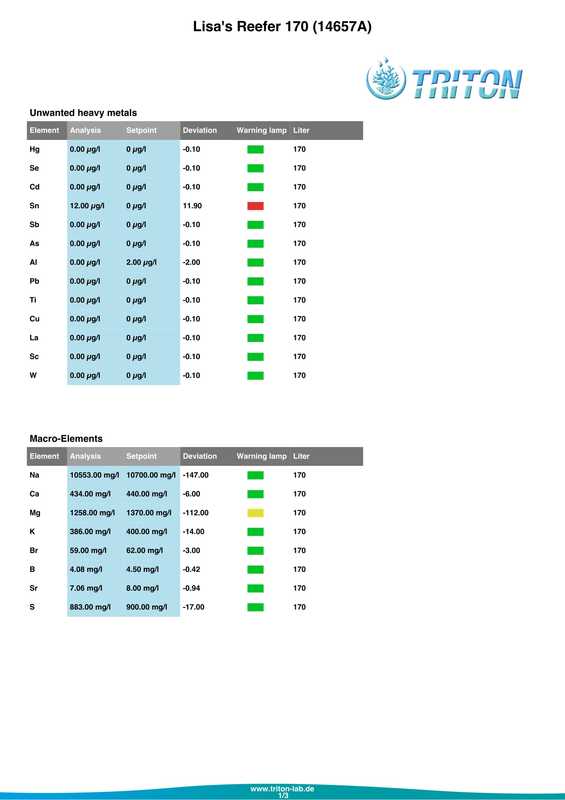
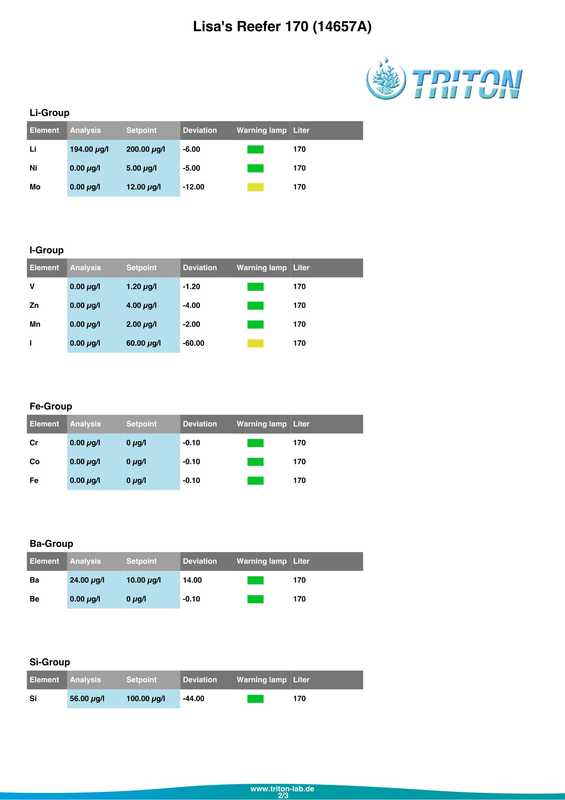
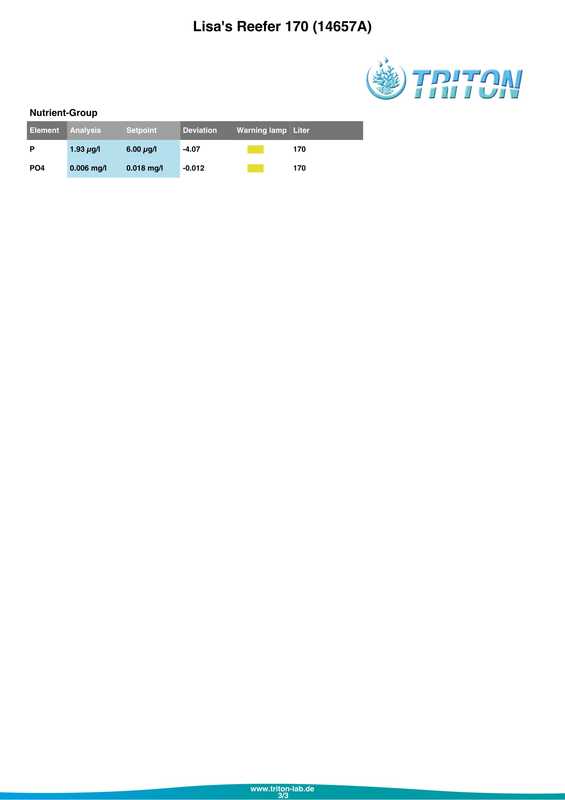
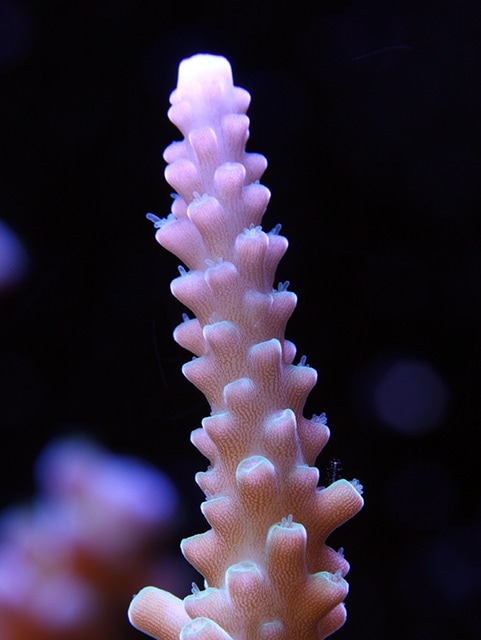
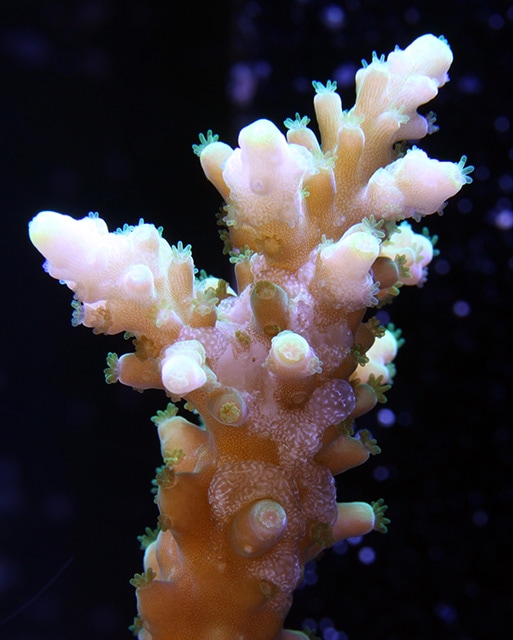
 RSS Feed
RSS Feed
